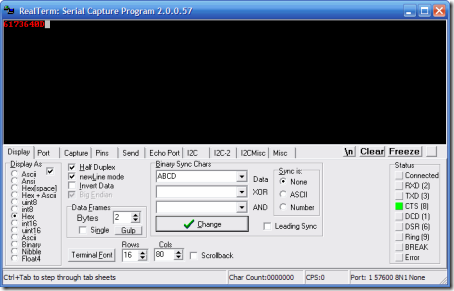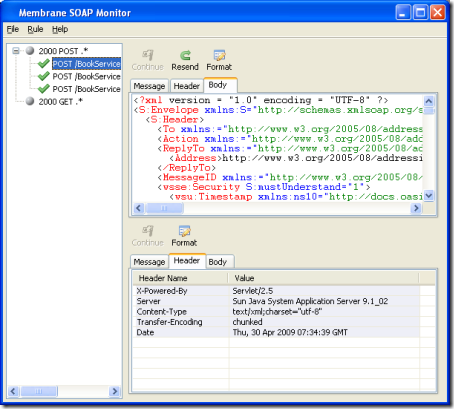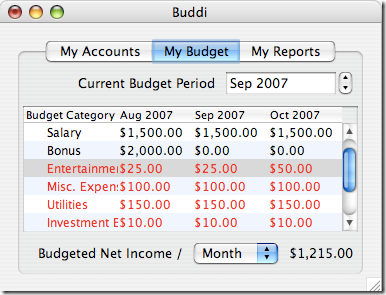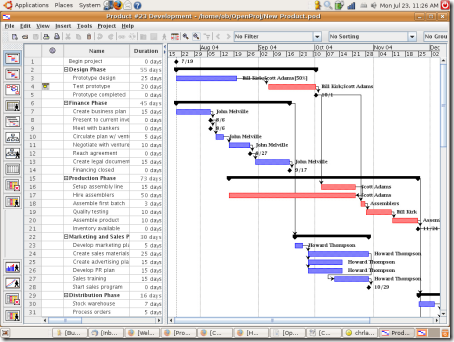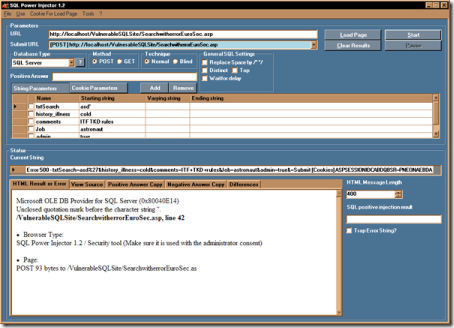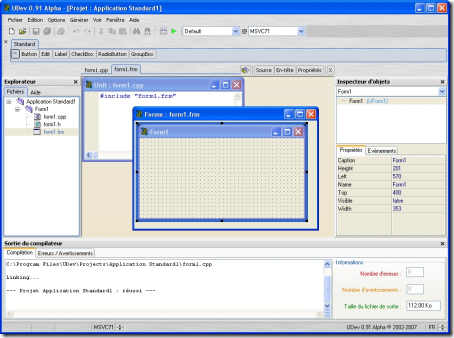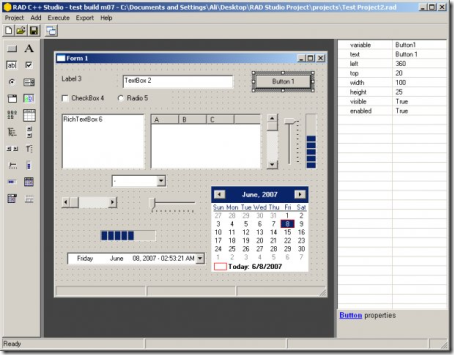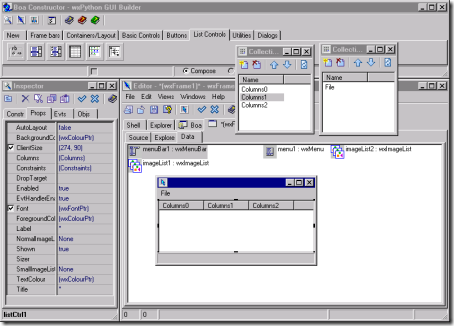The aim of dataweb project is to create a rapid development tool for applications oriented to the manipulations of database. The applications created with this tool are immediately usable in net. The main features of dataweb are:
Architecture Client/Server
Dataweb Project is composed of a Server part that manages the access to the data store and a client application that acts as a user interface. The two components comunicate over the tcp-ip protocol with the possiblity to encrypt the comunication.
Multiplatform
Both Server and Client can run con all java runtime compatible operating systems:
- Linux
- Windows
- Apple
- Solaris
Multidatabase
Thanks to an interface implementation Dataweb Project suppots a number of databases. Currently it can use the following database engines:
Multiuser
Dataweb Project is a multiuser environment with the following capabilities:
- Possibility to set various object permissions (tables,views,masks,prints,etc..).
- User operation logging.
- Record concurrency management.
Multilanguage
Dataweb Project is a multilingual platform and offers the users the possiblity to set the language they wish to use through out their interaction with the system.
Reduced size client, auto-installing and auto-updating.
The client is very small in size (roughly 900 kb), it is installable via browser, once downloaded it also verifies if the java runtime is available else it proposes it’s installation. Client updating is automatic from the moment that you connect to the server. Once the connection is established the client checks its version with the one on the server so it is also up to date.
Application management in packages
Dataweb Project groups all the objects (Tables, Views, Forms, Reports, etc..) required by a specific application into a package, there for there will be as many packages as applications.
Remote development, administration and usage of the packages
By installing the client it is possible to reach and server local or remote by specifying a name or ip. From this point on with the right permissions you are able to develope packages (create Tables, Views, Forms, Reports, etc…), administer the server (Users, Services, etc…) or use the created application.
Package version management
When a change is made to a package Dataweb Project automatically creates a script to manage the update assigning a version. This way al clients will be updated on the next connection
Installation management and package update
Dataweb Project generates installation/update packages in a file. To install the file you need to connect to the server you wish to update in administrator mode and choose the installation procedure which will install the package or update it if it already exists.
Integration with third party modules
Dataweb Project is a data-store oriented application, but thanks to the possiblity to add third party modules (jar) it is possible to manage practically any applciation.
Creation and use of webservices
Webservices are the best way to allow the comnunication of two processes in complete transparency.
With Dataweb Project we havethe possbility to create functions that can be invoked by any programming language that supports SOAP protocol (.net, php, java, etc..).
Viceversa it is also possible to call other webservices from Dataweb Project.
Popularity: 2% [?]
